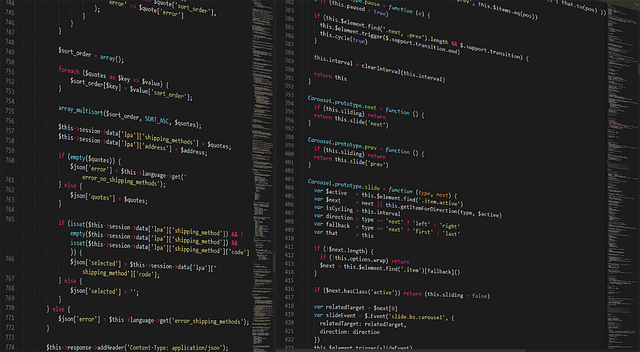In real estate, structural regulations, including building codes and material standards, ensure safety, durability, and compliance. Local variations in these regulations guide construction choices, protect against hazards, and mitigate legal risks for developers, owners, and buyers. Regular inspections, particularly of critical components, safeguard structural integrity and community safety. A well-defined system of roles—from designers to inspectors—ensures that real estate developments prioritize safety and quality throughout the building process.
In the dynamic realm of real estate, ensuring structural integrity is paramount for safety and investment value. Navigating the intricate web of structural regulations is essential to avoid legal pitfalls and foster robust properties. This article delves into the core aspects of understanding and adhering to these regulations, exploring key compliance considerations, delineating roles and responsibilities, and underscoring the significance of enforcing consistent standards in real estate practices.
Understanding Structural Regulations in Real Estate

In the realm of real estate, understanding structural regulations is paramount for both developers and property owners. These regulations, enforced to ensure safety and durability, govern everything from building codes to material choices. For instance, in many regions, specific standards dictate the minimum strength of structural elements like beams and columns, as well as the type and thickness of concrete or steel required for foundations. Adhering to these guidelines is crucial not just to avoid legal repercussions but also to prevent potential hazards and ensure the longevity of the property.
Real Estate professionals must stay abreast of local building codes and regulations, which can vary significantly from one municipality to another. This knowledge enables them to make informed decisions during construction or renovation projects, ensuring that each structure meets or exceeds safety benchmarks. For buyers, understanding these regulations can help in evaluating a property’s overall condition and potential future costs related to maintenance or upgrades.
Key Considerations for Compliance and Safety

When it comes to ensuring structural integrity in real estate, compliance with safety regulations is paramount. Developers and property owners must carefully navigate a range of key considerations to maintain safe living conditions. Primarily, this involves adhering to building codes and standards set by local authorities, which dictate everything from material choices to construction techniques. These regulations are designed to safeguard occupants from potential hazards like structural failures, fire risks, and poor air quality.
Moreover, regular inspections and maintenance play a crucial role in maintaining compliance. Regular checks ensure that structures remain safe over time, identifying issues early on before they escalate. This includes routine assessments of critical components such as foundations, roofs, and electrical systems. By prioritizing these safety measures, real estate professionals can protect tenants, buyers, and the broader community while mitigating legal and financial risks associated with non-compliance.
Enforcing Standards: Roles & Responsibilities

In the real estate sector, enforcing structural integrity regulations is a multifaceted task that relies on clear roles and responsibilities. Developers, contractors, and building inspectors play pivotal roles in ensuring that every structure adheres to set standards. Developers are responsible for designing projects that meet or exceed code requirements, hiring qualified professionals, and obtaining necessary permits. Contractors, meanwhile, must construct buildings according to approved plans, utilize certified materials, and maintain safe work practices throughout the construction process.
Building inspectors act as the guardians of structural integrity, conducting thorough examinations at various stages of construction to verify compliance with regulations. They have the authority to issue stop-work orders if violations are found and can approve or deny project completion based on adherence to safety standards. This collaborative effort ensures that real estate developments prioritize safety and quality, creating durable and secure spaces for residents.






